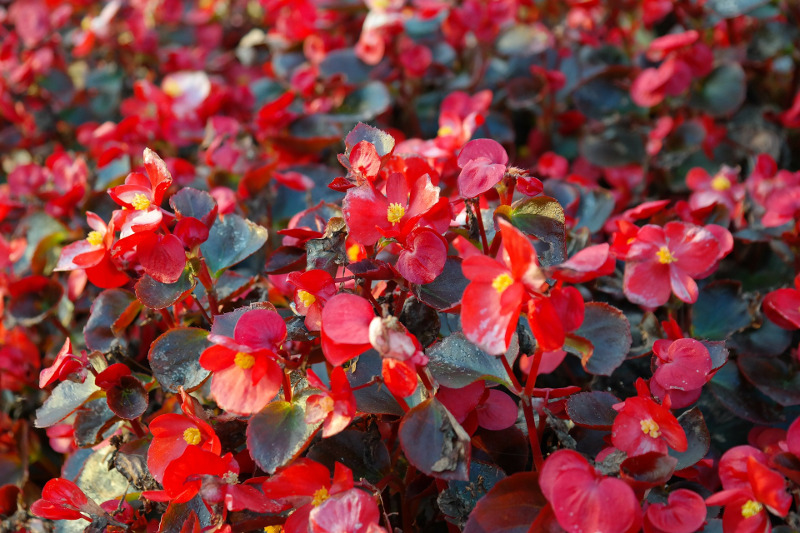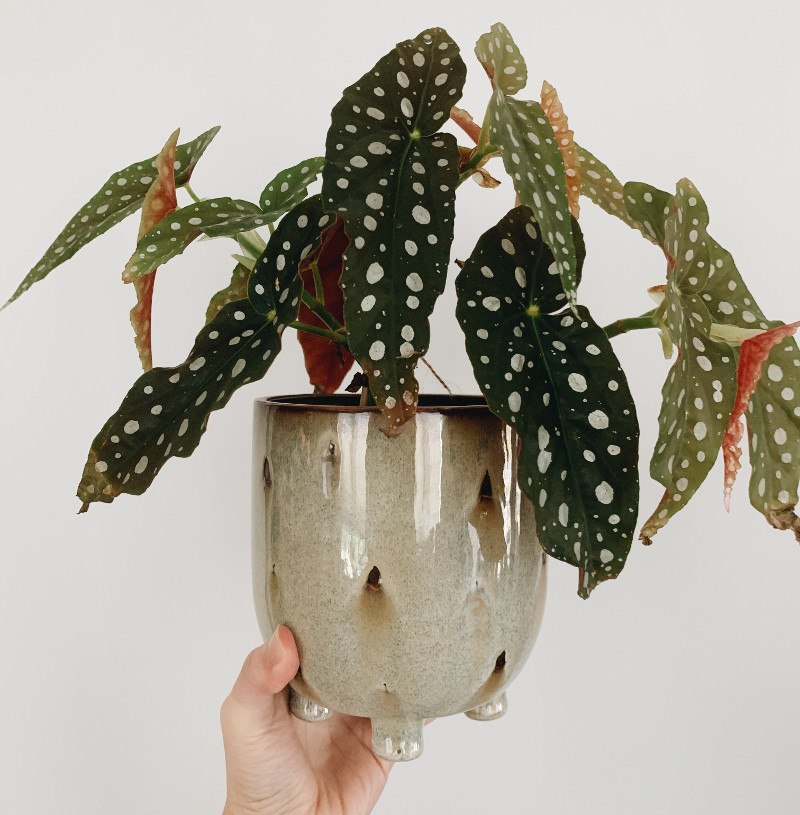Begonias need food to produce a continuous abundance of flowers throughout the growing season. The tubers need fertilizer to store nutrients for the start of the next growing season. Slow growth or lack of blossoms may be a sign that your begonias are hungry. They need fertilizer to promote healthy growth. Both newly planted and established begonias need fertilization.

How to Fertilize Plant Begonias
Most tuberous plants are not heavy feeders, but this is not true for begonias. They are heavy feeders and need fertilization regularly to thrive. Top dress in ground-grown begonias once a month with a balanced (20-20-20) slow-release granular fertilizer once a month during their blooming period. Fertilize container-grown begonias every other week with a weak solution of a balanced liquid fertilizer.
Crispy brown spots on begonia leaves may be a sign of fertilizer burn. Skip the next scheduled fertilizer application if you accidentally overfed or applied too much.
Best Time To Fertilize Begonias
The best time to fertilize begonias is by preparing the soil before planting them. Add compost or a granular fertilizer into the top few inches of soil or potting mix as part of the planting preparation process. Fertilize garden plants monthly and container plants bi-weekly during their flowering period.
Best Fertilizer For Begonias
The best fertilizer for begonias is a balanced 20-20-20 blend formulated for slow release. Slow-release fertilizers decrease the chance of your plants suffering from fertilizer burn.

Begonia Fertilizing Tips
- Always use a slow-release fertilizer.
- Use granular fertilizer for gardening plants.
- Use liquid fertilizer for container-grown plants.
- Always water after applying granular fertilizer.
- Follow the recommended dosage on the package.
Warnings
-Always wear protective gloves and a face mask when handling chemical fertilizers.
-Closely follow all directions and storage guidelines that are on the fertilizer label.
 |
Author Janice Cox - Published 12-09-2021 |
